Using Mindfulness to Improve Emotional Intelligence
Mindfulness can be thought of as bringing one's attention to experiences occurring in the present moment. It is a skill that can be developed and sharpened over time with practice, focus and repetition.
Mindfulness can be achieved in countless ways, including meditation and yoga, to name a few. While those things are not for everyone, all people can certainly benefit from mindfulness. So if you’re not into yoga or chanting quietly to yourself, how do you achieve mindfulness in our fast-paced, high-stress world? And what is the goal of achieving it?
Being mindful can help you achieve more with less. In a state of mindfulness, you are able to process things more efficiently. Mindfulness will make you feel better, both mentally and physically.
Self-Regulation and Mindfulness
While emotional intelligence consists of five components (self-awareness, self-regulation, motivation, social-awareness and social regulation), it is the self-regulation component that is most pertinent to achieving mindfulness.
Self-regulation is the technical name for having self-control. It is the ability to control or redirect disruptive impulses and moods and the propensity to suspend judgment and think before acting.
Knowing what you are feeling helps you to regulate the responses to those feelings. Ask yourself: what could or should I do about what I am experiencing? Why should or shouldn’t I do this? How can I express what I am feeling appropriately?
Clear or Red Glass
When we think about how we are feeling, we can equate our feelings to having either a clear or red glass (or any shade between the two). The goal is to have a clear glass. A person with a clear glass simply performs at higher levels.
A person with a red glass has decreased cognitive performance. They tend to overgeneralise. Often they will respond with defensive action.
The red glass effect will make a person perceive small stressors as worse than they actually are. They can become easily aggravated and may struggle to get along with coworkers. Physically, they have less oxygen available for critical brain functions. They simply can’t perform at their best when their glass is red.
As the red (anger) begins to dissipate, the person becomes more intrinsically motivated. Cognitive function improves, including creative thought. The person is more willing to take on difficult challenges and willing to take risks. They are better collaborators and become more engaged.
Five quick ways to increase mindfulness in a busy world
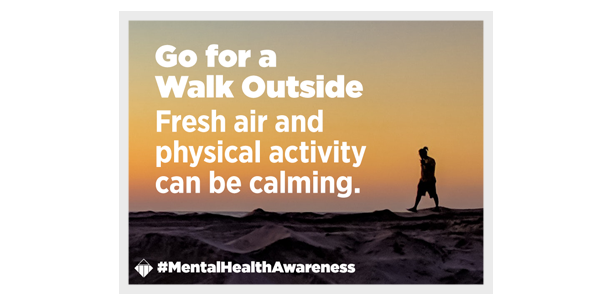
1) Go for a walk
Fresh air and physical activity are individually beneficial; the two together are even better for both the body and mind. Let the first few steps of your walk help you eliminate any mental baggage you are carrying so you can open your mind to let positive, uplifting thoughts enter your mind. Think about places you love, whether it’s places you’ve been or want to explore. Think about something important you want to accomplish and begin to really picture it as a reality.
With each step you take, you’ll get further into the positive mindset and, before long, you’ll realise that all that stress that you were carrying when you started your walk is long gone. And the fact that you did some healthy cardio while ridding yourself of your stress is quite the added bonus!
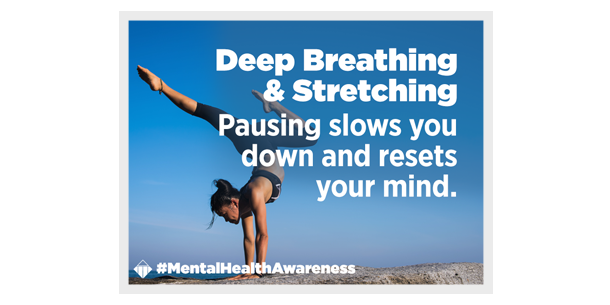
2) Deep breathing / Stretching
Pausing and stretching slows you down and resets the mind. Practicing the pause, as it’s often called, is consciously slowing down to eventually go faster. Think about a car operating in first gear. It works hard to attain a relatively slow speed. The driver needs to pass through first, then second and third gear, to get to fourth gear where the car operates efficiently and powerfully. The mind and body work exactly the same way. We need to change our own gears in order to operate efficiently.
Stretching helps move blood into different parts of our body, bringing oxygen with it, while helping muscles eliminate acids that build up over time. We feel re-energised and invigorated when we stretch, ready to take on the next task.
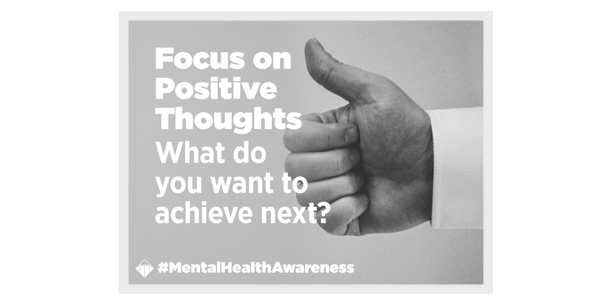
3) Focus on positive thoughts
Find the positive right now. The past has already happened and the future is yet to come. And, in this moment, both are entirely irrelevant. Think about how you feel right now. What do you see, hear, smell? Mentally take note of your surroundings. Think about things that make you happy. It’s hard to feel stressed while thinking happy thoughts. Start to think about what you want to achieve next and picture what it will look like when you achieve it.
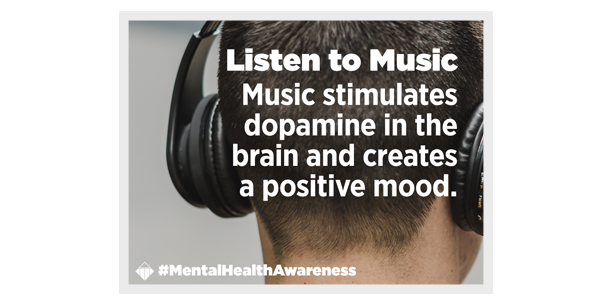
4) Listen to Music
Music, much like duct tape, can fix just about anything. Most of us will recognise that music makes us feel better but few people realise why. Music stimulates dopamine in the brain; a chemical that create positive moods. So not only can music help replace negative mindspace with great sound, it can help chemically put you on a path to instant happiness. This writer is powered daily by music and finds music to be the ultimate “pick me up,” better even than caffeine.
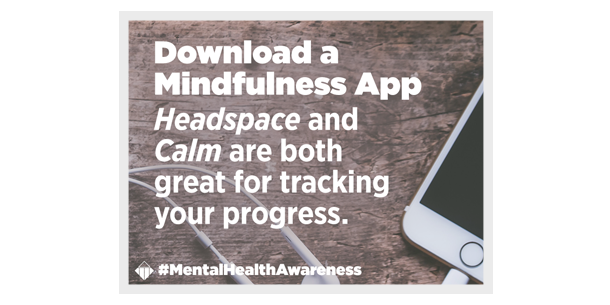
5) Download a Mindfulness app
Some people have an app for everything. And yes, you can use apps to achieve mindfulness too. Popular apps on the marketing include Headspace and Calm which run the gamut on helpful hints, programs, background sounds and much more to help you move toward a state of mindfulness.
Conclusion
It’s important to take your emotional temperature many times throughout the day. Think about how you feel and why you feel that way. If you find your glass is more red than clear, take a deep breath and focus on getting back to a clear state. Most importantly don’t say or do anything that you may later regret.
The more self-aware you are, the more you can self-regulate. Successful people tend to maintain a higher level of emotional intelligence. These are the same people that regularly practice self-regulation. They know how to deal with stressful situations and they maintain control a majority of the time. Being able to reach a state of mindfulness is a great tool to help keeping mental control regardless of what situation may arise.
About the Author - Dave Clark
Dave Clark is the staff writer and editor at TTI Success Insights. He enjoys writing on a wide variety of subject matter in multiple formats. Also a performing musician, Dave is primarily driven by his Intentional and Harmonious Driving Forces.
This post originally appeared on the TTI Success Insights Blog and has been republished with permission.
Topics:
Emotional IntelligenceGuest Author
Occasionally we invite guest authors to share fresh content and ideas in our Knowledge Centre. Each post has a unique "About the Author" section so that you can learn more about each contributor.

.png?width=374&name=Nutshell%20-%20Strengths-Based%20Thinking%20(Gallup).png)
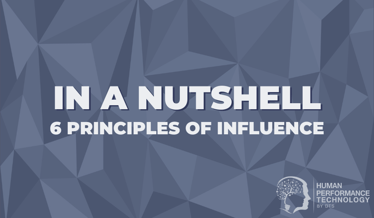
We Would Like to Hear From You (0 Comments)